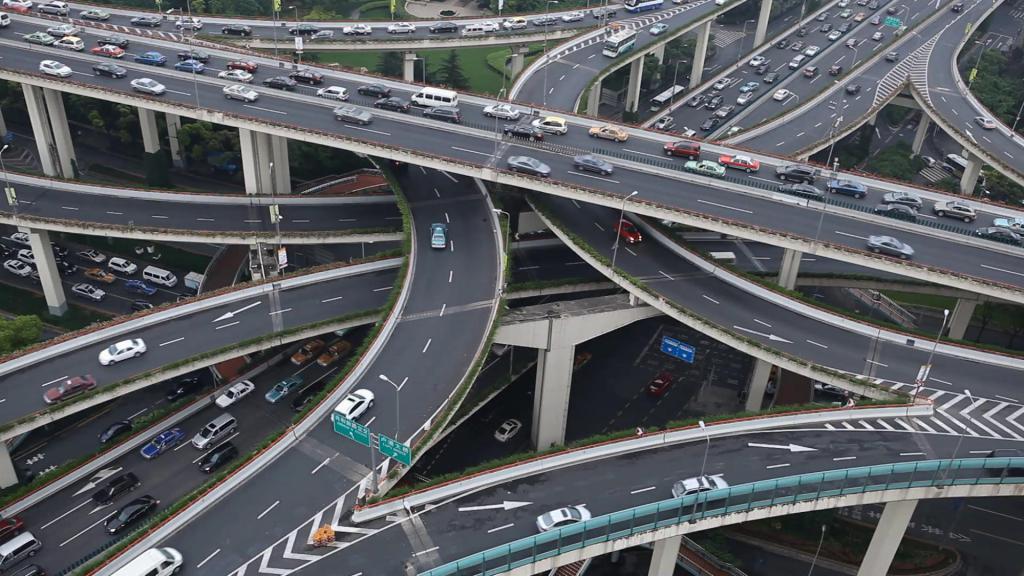The rules of the road provide for the priority of transport on the highway and in the city. The sequence of movement of the placed priority signs, traffic lights, traffic controllers. For some road sections, maneuverability depends on the norms specified in the rules. One of the standards is the definition in traffic rules "Interference on the right." It regulates the sequence of traffic at unregulated intersections. There are many sections of the road where there are no signs, traffic lights, traffic controllers. In this case, drivers must rely on the traffic rules "Interference on the right."
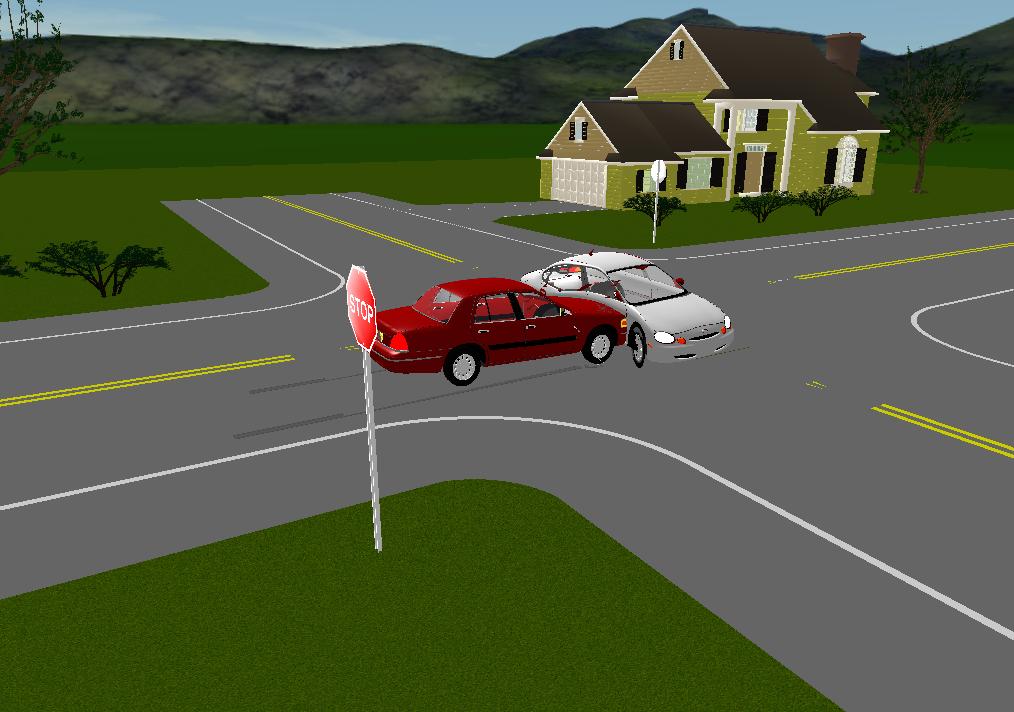
Give Way
In the rules, the designation "interference to the right" implies the need to concede to all road users who are to the right of the driver. But you need to give way only in those cases when the trajectory of movement will intersect.
Equivalent road
In paragraph 13.11 of the SDA for unregulated intersections, it is stated that drivers of a track-less vehicle are required to give way to approaching vehicles on the right. This traffic rule "Interference on the right" is applicable only at unregulated intersections (intersections) of equivalent roads. This concept includes all intersections at which there are no traffic controllers, traffic lights or the latter do not work.
An intersection is considered equivalent in the following cases:
- The sign "Crossing equivalent roads" is set.
- The sign "End of the main road."
- There are no priority signs in front of the intersection, and intersecting roads have identical coverage. An example is an intersection without signs for field roads or asphalt roads.
In cases when the intersection is unregulated and is equivalent, then the traffic rules "Interference on the right" applies to it.
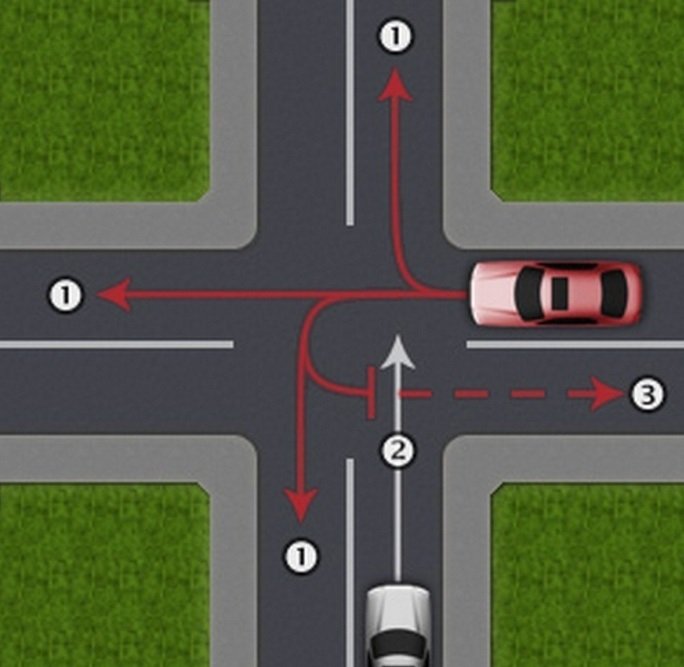
Situation on the road
At an equivalent intersection, a variety of situations can arise:
- When turning right, nobody needs to give way. Such a maneuver does not lead to the intersection of vehicles.
- Transport moves straight, and the other turns right or right. If there is enough space at the equivalent intersection, then there is no need to give way, if not, then we skip the turning car.
- When driving directly, another vehicle moving on the right side plans to make a maneuver in the form of a turn or wants to drive straight, then it is worth skipping. This car according to traffic regulations of the Russian Federation is an obstacle to the right.
- If you want to turn left, when an approaching car wants to turn right, there is no need to concede. Trajectories do not intersect, the movement can be performed simultaneously.
- During a left turn, the car approaching from the right is driving straight or wants to turn left, then this traffic participant is allowed to pass.
Uneven roads
Paragraph 13.10 of the rules of the road refers to the regulations for the passage of unequal intersections. This rule states that when the main road at the intersection changes direction, then drivers moving along the main road are guided by the rules for crossing intersections of equivalent roads. The same rules guide drivers who drive on minor roads.
If the main road changes direction, then traffic is governed by the "Interference on the Right" rule. The same rule applies to traffic if the following signs are installed: “Main road”, “Traffic without stopping is forbidden”, “Follow the road”.
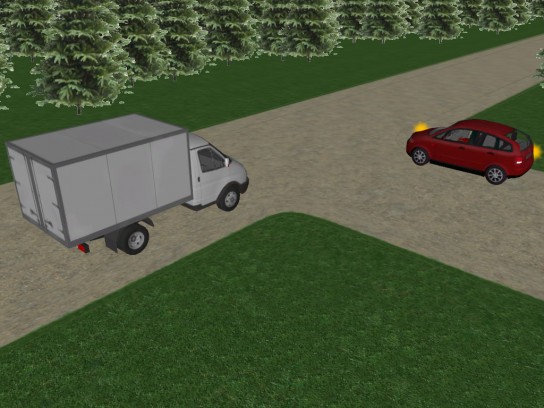
The rule is not always valid
There are a number of cases where the “right hand” rule does not apply. These include:
- Meeting the pedestrian and the vehicle.Pedestrians must pass all vehicles.
- Tram and trackless transport. A tram passes a car in isolated cases, in others it has an advantage, and traffic participants must pass it.
Trams and pedestrians are special road users with a certain legal status.
The rule on traffic rules "Interference on the right at the intersection with a traffic light" does not apply. It can not be used by road users with different priorities: with a traffic controller, traffic light, if there are mandatory signs.
An example of traffic rules "Interference on the right" can be a situation when a driver of one vehicle leaves at the intersection on the main road. In this case, he must give way to all passing cars and only then start moving. Even if it is located to the right of passing cars, no one should let it pass: this transport has no priority.
Another example: one participant in the movement leaves the yard, and the other rides along the road. In this case, the rule does not apply, since everyone who leaves the yard must give way to passing vehicles.
Rebuilding
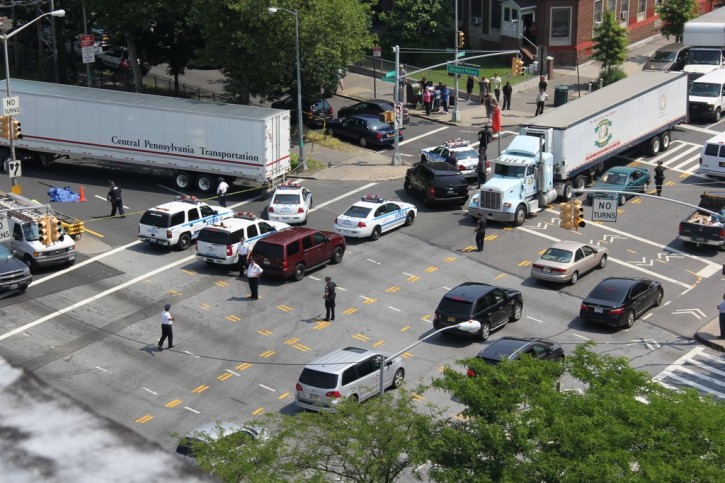
According to the SDA, the interference on the right during the rebuilding involves the passage of vehicles located to the right of the person performing the maneuver. For example, one participant in the movement decides to change lanes on the right lane. In this case, he has a hindrance on the right and he is obliged to miss all the cars that interfere with the maneuver.
Another situation: the driver wants to change lanes to the right lane, and the vehicle on the right plans to move to the left lane, i.e., it is planned to simultaneously reconstruct the vehicles. In this case, the left driver must skip the one who is still driving in the right lane, waiting for him to complete the maneuver. And only after that does the rebuild.
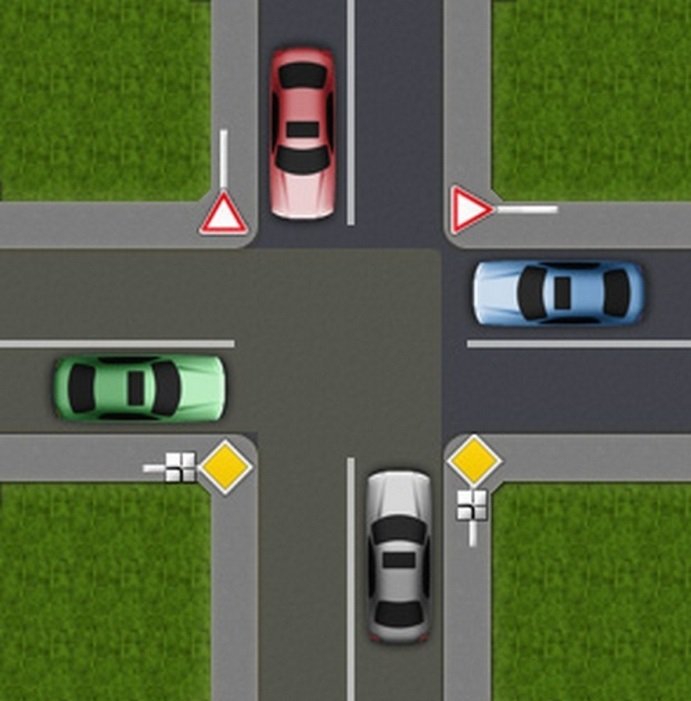
What to do at the crossroads
Sometimes there are situations when drivers can rely on the rule of the right hand at the intersection.
There are times when it’s not easy to part. Most often, controversial situations arise at an intersection with equal traffic, on which no signs are installed, and drivers moving towards each other in a straight line are going to turn right and left, i.e. in one direction. It seems that in this case no one bothers anyone, but when turning one vehicle will interfere with another. To avoid an accident, you should rely on the rule of the right hand. The driver to whom the right obstacle when turning oncoming traffic is created must give way.
Related videos below.

The rule of the right hand is a universally recognized method to resolve controversial issues when moving. If there are no priority signs, traffic lights or traffic controllers, then the passage is governed by this rule, except for leaving the yard, parking, stopping place and parking.
